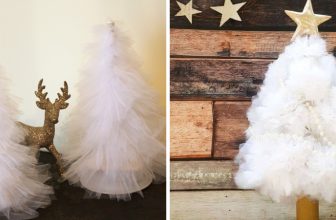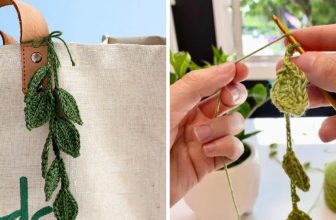How to Dispose of A Sewing Machine
Proper disposal of a sewing machine is essential for both environmental and safety reasons. As these machines are composed of various materials, including metals and plastics, improper disposal can lead to pollution and harmful waste accumulation. Additionally, sewing machines may contain hazardous components, such as oils and batteries, which require special handling to prevent environmental contamination. Understanding how to dispose of a sewing machine responsibly ensures that these potential dangers are mitigated.
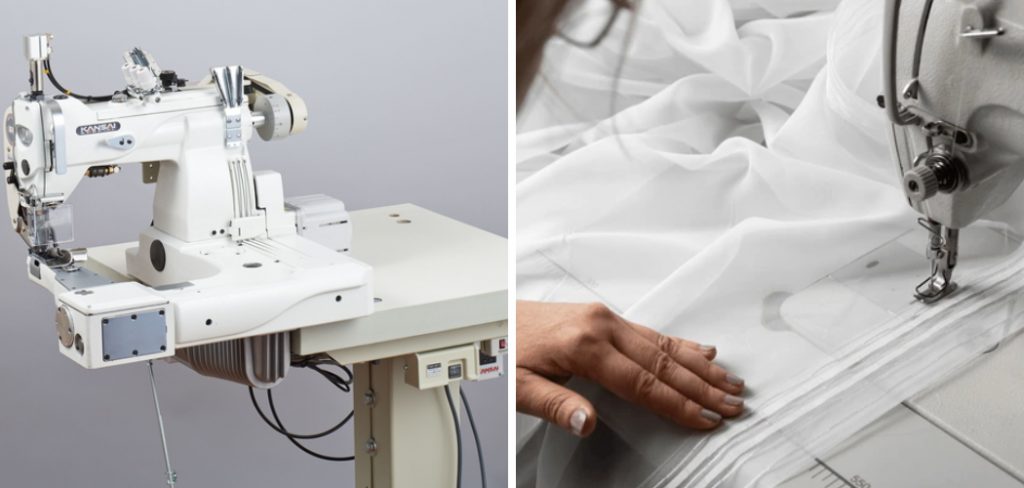
Throughout this guide, we will explore the various disposal options available, including donation and repurposing, recycling, and selling or giving away the machine. By following these recommendations, you can contribute to a more sustainable community while making the best choice for your old sewing machine.
Assessing the Condition of the Sewing Machine
Before deciding how to dispose of a sewing machine, it’s crucial to evaluate its condition. First, determine if the machine is still in working order. Plug it in and test its functionalities – does it sew smoothly, or are there significant technical issues? If it operates intermittently or has malfunctions, consider whether repairs or refurbishment might be viable. Sometimes, minor issues can be resolved with basic maintenance, such as a thorough cleaning or needle replacement.
Additionally, if the sewing machine is older but still functional, think about its potential for repurposing or donation. Many community centers, schools, or charitable organizations welcome working machines that can be used for educational purposes or crafting projects. If the machine shows signs of wear but can still function, it may be worth reaching out to local groups to see if they can benefit from your sewing machine. Ultimately, assessing the machine’s condition will help guide you toward the most responsible disposal method while potentially providing a second life for the equipment.
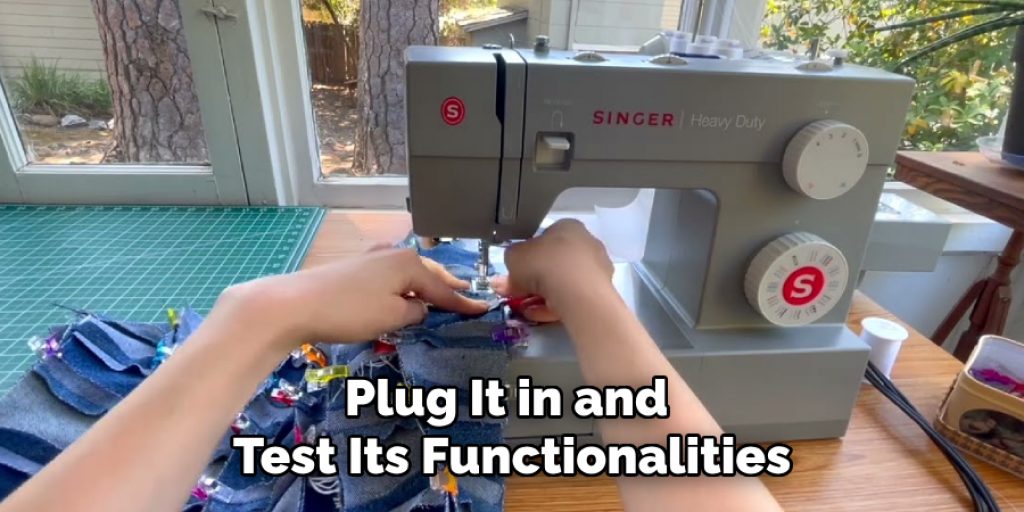
How to Dispose of A Sewing Machine: Options for Disposal
Donation and Repurposing
Donating your sewing machine is an excellent way to give it a new purpose while helping others. Many local charities, schools, and community centers often seek sewing machines for educational programs or craft activities. These institutions can use the machines to teach sewing skills to students or community members, thereby fostering creativity and practical skills. To find the right place for your donation, contact organizations that accept sewing machines specifically for educational or craft programs; they may have specific requirements for the type of machine they accept.
Additionally, don’t hesitate to reach out to online communities and social media groups dedicated to crafting or sewing. You might find individuals passionate about sewing who would be thrilled to take your machine off your hands. By donating or repurposing your sewing machine, you reduce waste and contribute positively to your community.
Recycling
Recycling is a responsible option if your sewing machine is beyond repair and unusable. Start by identifying local recycling centers that accept electronic appliances, including sewing machines. Many areas have specific guidelines and facilities meant for recycling electronics to ensure that materials are processed safely and sustainably. Understanding the recycling process can help you prepare your sewing machine accordingly. Typically, the machine will be disassembled, allowing for the separation of metals, plastics, and electronic components, each of which can be recycled appropriately.
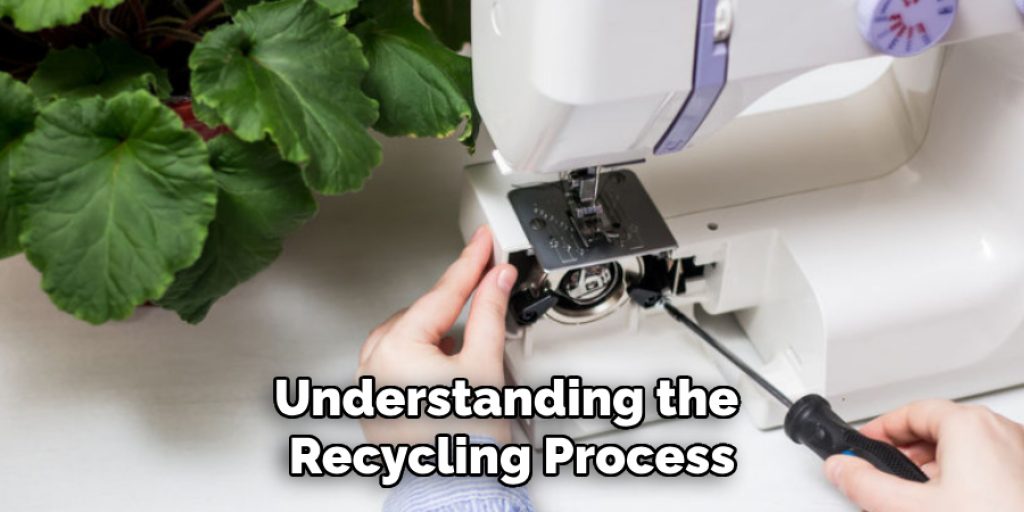
Ensuring that the recycling center you choose follows proper environmental practices is crucial, as some might not adhere to eco-friendly standards. To verify this, check for certifications or reviews that affirm their commitment to responsible recycling. By choosing to recycle, you contribute to conserving resources and reducing the environmental impact of waste.
Selling or Giving Away
If your sewing machine is functioning but no longer needed, selling or giving it away is a fantastic way to find it a new home. Consider selling the machine online through popular platforms such as Craigslist, eBay, or Facebook Marketplace. When listing your sewing machine, be sure to provide clear and honest descriptions of its features and condition, along with high-quality photos that showcase its state. Not only does this help attract potential buyers, but it also sets accurate expectations. Alternatively, you might consider hosting a garage sale or local swap meet to promote your sewing machine.
This can give others in your community a chance to find a good deal while minimizing your waste. Lastly, don’t forget to offer the machine to friends or family who might be interested. Often, someone in your circle may appreciate the opportunity to own a sewing machine, especially if they are interested in crafts or sewing. By exploring these options, you can ensure that your sewing machine continues to be useful rather than ending up in a landfill.
Preparing the Sewing Machine for Disposal
When preparing your sewing machine for disposal, it’s important to ensure that it is clean, safe, and properly packaged for its next journey, whether it be for donation, recycling, or selling. This not only makes it more appealing to potential new owners but also adheres to safety standards regarding hazardous materials that may be present in the machine.
Cleaning the Machine
Begin by thoroughly cleaning the sewing machine. Dust, lint, and debris can accumulate in various parts, so use a soft brush to gently remove any build-up from the machine’s exterior and interior spaces. Pay particular attention to the feed dogs and the bobbin area, as these are often neglected. After clearing the dust, consider disassembling any removable parts, such as the needle plate and presser foot, which allows for deeper cleaning and easier handling. Ensure each component is in good condition and replace any worn or broken items. Additionally, if you plan to donate or sell your sewing machine, ensure it is presented neatly—this may involve polishing the exterior and ensuring all parts are intact. A well-maintained machine will make a better impression and potentially encourage a quicker sale or donation.
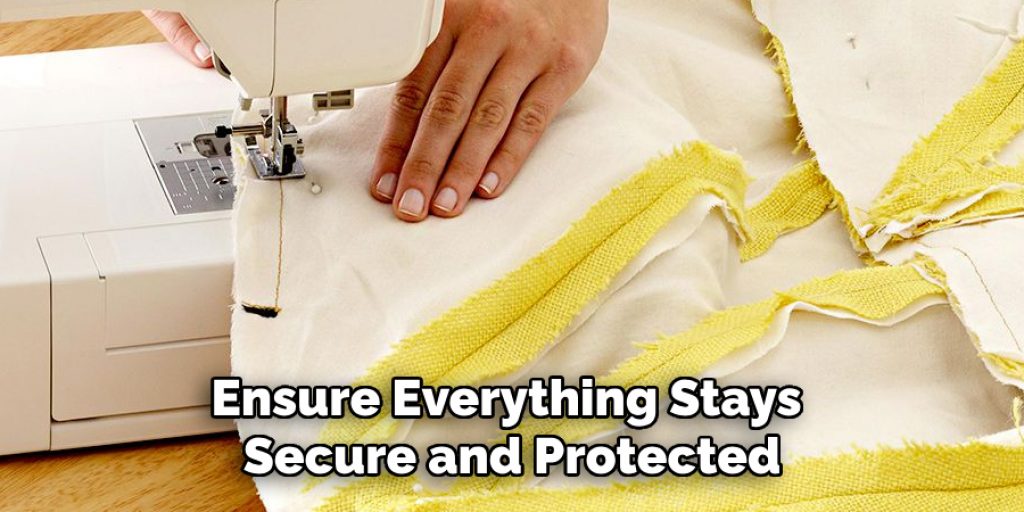
Removing Accessories and Attachments
Next, carefully remove any accessories or attachments from the sewing machine. This includes foot pedals, extra bobbins, thread spools, and any additional presser feet. Separating these items not only lightens the load for transport but allows you to address their disposal individually. Consider their recyclability for accessories made of different materials, such as plastic and metal. Many recycling centers accept these components if they are sorted properly. If you plan to donate or sell the sewing machine, neatly pack all accessories together, and consider including an extra spool of thread or other useful items to make your offer more enticing. Repurposing the original packaging or a sturdy box for transport is an excellent way to ensure everything stays secure and protected.
Handling Hazardous Materials
Lastly, it is crucial to identify and properly dispose of any hazardous materials that your sewing machine may contain. For instance, if your machine uses oil for lubrication, ensure you follow local guidelines for its disposal, as it may be classified as hazardous waste. Additionally, suppose your sewing machine contains a battery, such as in computerized models. In that case, these need to be handled according to local regulations as well since they can harm the environment if discarded improperly.
Use appropriate containers to safely transport these materials to a designated disposal facility. Always check local disposal guidelines or contact your local waste management for details on hazardous waste collection events or drop-off points. By responsibly managing hazardous materials, you contribute to a safer community and environment while preparing your sewing machine for its next chapter.
Finding Resources and Assistance
When you dispose of a sewing machine, finding the right resources to ensure the process is effective and environmentally friendly is essential. Contact local waste management authorities for specific disposal guidelines in your area. They can provide information on proper disposal methods, including hazardous material handling and local collection events. Additionally, online resources can be extremely helpful in locating recycling centers and donation opportunities.
Websites like Earth911 or local government pages often feature databases that allow you to search for facilities that accept electronic appliances like sewing machines. Don’t hesitate to seek assistance from community organizations or waste disposal services as well. Many non-profits accept donations of functional sewing machines to support crafting programs or vocational training. They can also guide you on the best practices for recycling or donating your equipment.
Frequently Asked Questions (FAQs)
1. What Should I Do if My Sewing Machine Is Not Working Anymore?
If your sewing machine is not functioning properly, consider taking it to a local repair shop for an assessment. Many times, minor issues can be resolved with a simple fix. If repair isn’t feasible, explore your disposal options by donating, recycling, or selling the machine as-is for parts.
2. Are There Any Specific Recycling Options for Sewing Machines?
Yes, many communities offer recycling programs for appliances, including sewing machines. Check with your local waste management authority for guidelines and resources regarding recycling facilities that accept sewing machines, or search for electronics recycling events in your area.
3. Can I Recycle Sewing Machine Accessories Separately?
Absolutely! Many sewing machine accessories, such as foot pedals or spools, can often be recycled based on their material composition. It’s best to separate these items and check with your local recycling center to understand their recycling policies regarding plastic, metal, and other materials.
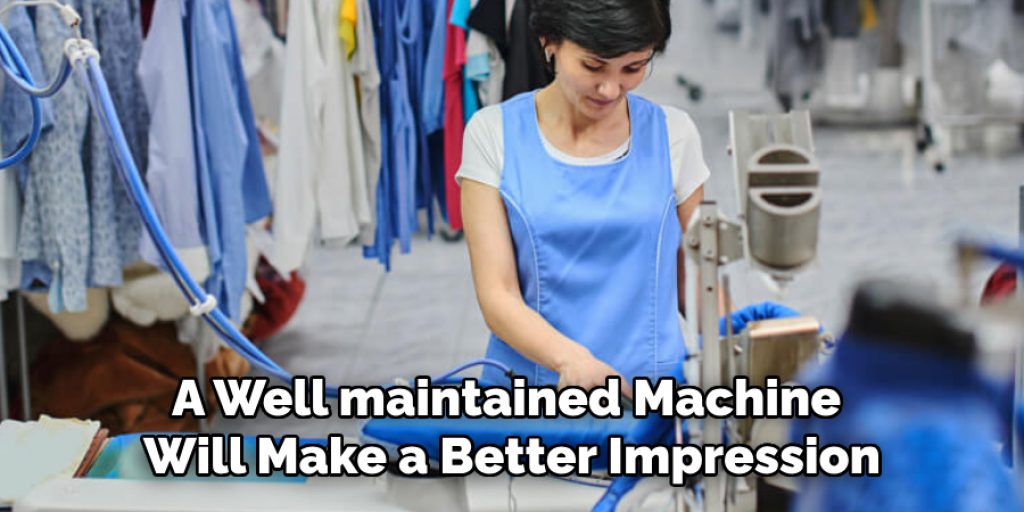
Conclusion
In conclusion, when exploring how to dispose of a sewing machine, consider various options such as donation, recycling, or safe disposal of hazardous materials. Proper preparation, including cleaning the machine and removing accessories, significantly enhances its appeal to potential new owners or recyclers. Emphasizing responsible disposal is crucial not just for environmental preservation but also for safety reasons. By being conscientious about the disposal method you choose, you contribute to a sustainable future and ensure your sewing machine finds a new purpose rather than contributing to landfill waste.


